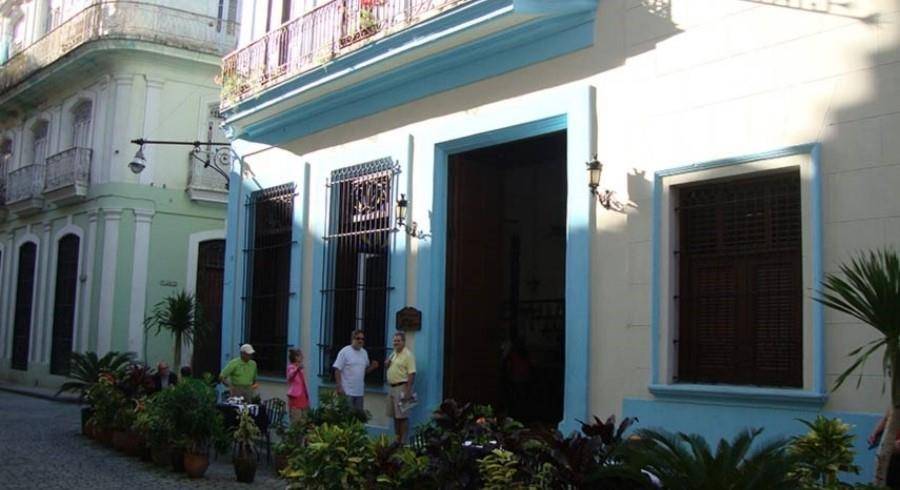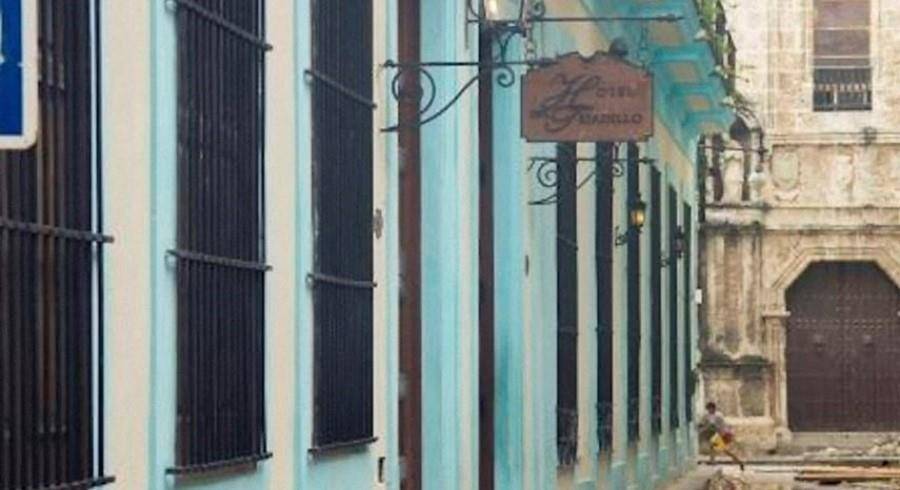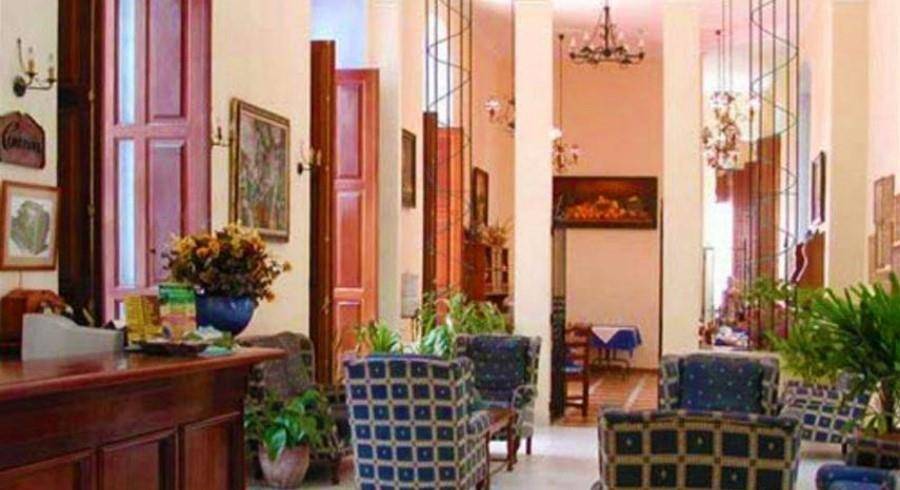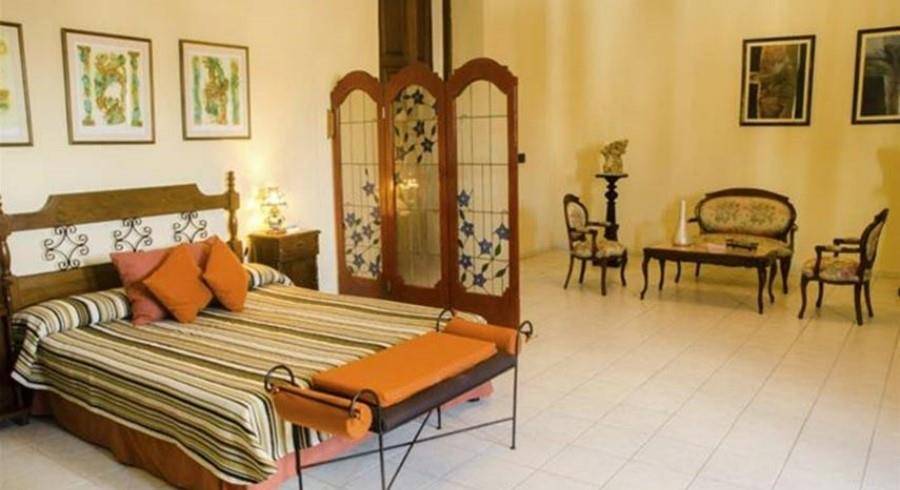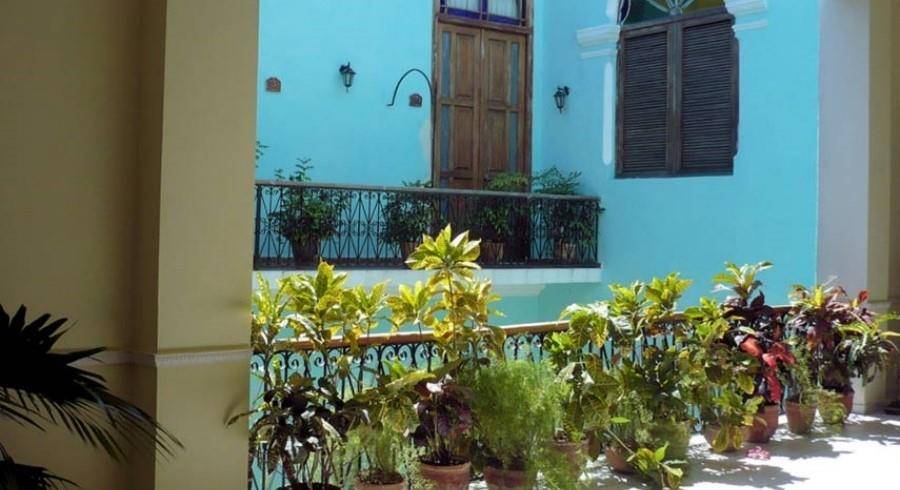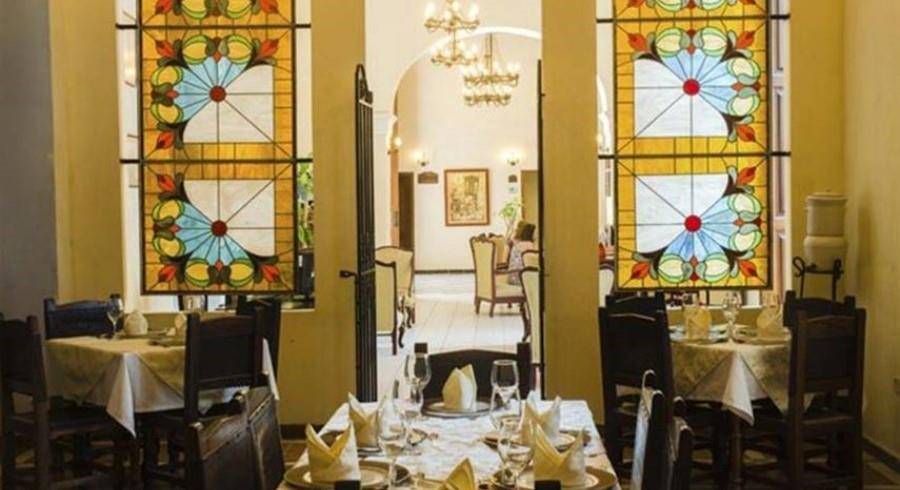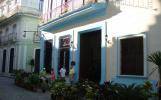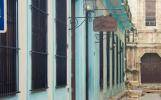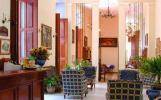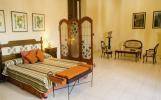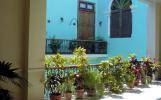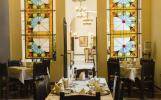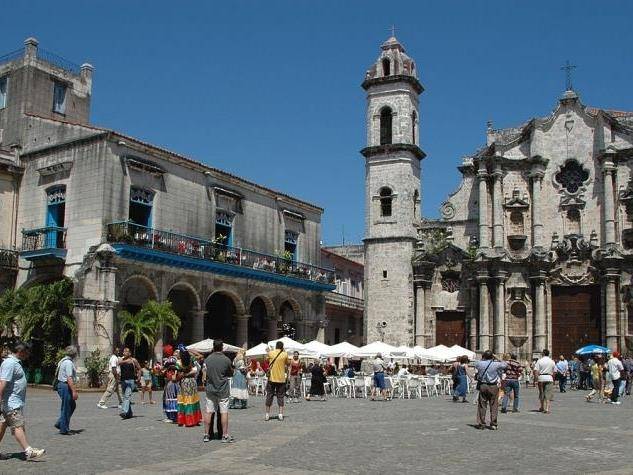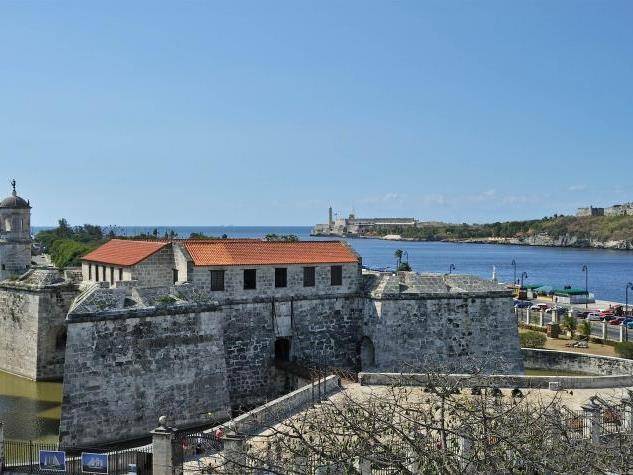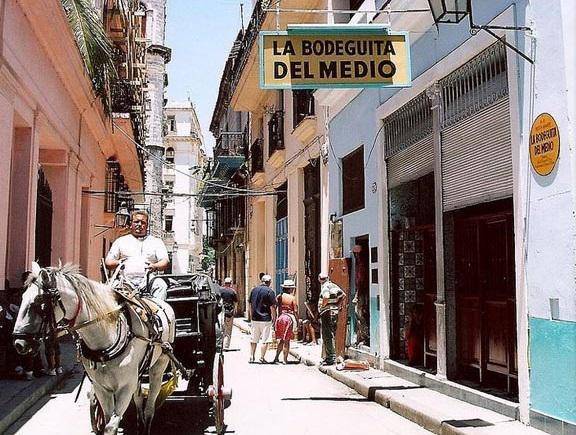
La Bodeguita del Medio
La Bodeguita del Medio is a must-visit, typical restaurant of Havana, and one of the most attractive tourist spots. Old Havana has been frequented by countless visitors, from well-known writers like Ernest Hemingway to important politicians. Its interior offers a typical Cuban atmosphere, as well as excellent music, Creole cuisine (slow-roasted pork, ropa vieja, black beans, yucca with mojo, tostones, arroz morro, etc) and a fantastic typical drink like the mojito. Following the initiative of Leandro García, a journalist who signed the restaurant’s wall, all famous people who visit the place do the same. They leave a memento there in the form of a print, a picture, an object, or some graffiti; it is even possible to find the signatures of some historical figures, like Salvador Allende, Ernest Hemingway, or Pablo Neruda. You can’t miss your chance to visit this place on your way through Habana Vieja. If you don’t book a table in advance you won’t probably have another chance to get one, but you will for sure enjoy an incredible atmosphere surrounded by Cuban history.

